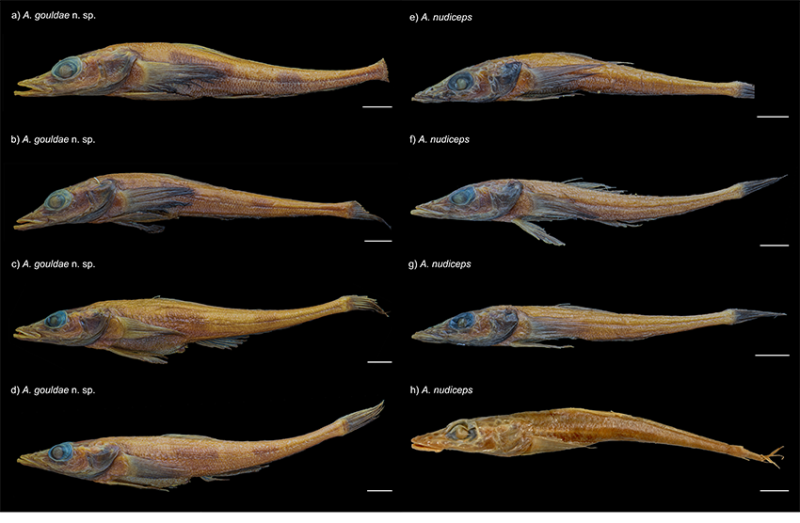A research team at the Virginia Institute of Marine Science at William & Mary has uncovered a new species of Antarctic fish, which could reshape how scientists view biodiversity in the Southern Ocean. The newly discovered species Akarotaxis gouldae, also known as the banded dragonfish, was identified during an investigation of museum-archived larvae samples.
While the research team examined the samples, they noticed key differences in some fish, including two distinct dark vertical bands of pigment on their bodies, a shorter snout and jaw, and a longer body depth. These observations led them to suspect the presence of a new species. To confirm their hypothesis, the researchers used mitochondrial DNA analysis and constructed a phylogenetic tree to illustrate the relationship between A. gouldae and other Antarctic dragonfish species.

The banded dragonfish is limited to a small area along the Western Antarctic Peninsula. This region is also targeted by the Antarctic krill fishery, raising concerns about the potential impact of human activities on this rare species. Because the fish produces very few offspring, it is particularly vulnerable to environmental changes.
"The discovery of this species was made possible by a combination of genetic analysis and examination of museum specimens from across the world, demonstrating the importance of both approaches to the determination of new species and of the value of specimen collections. The work also highlights how little we know of the biodiversity of Antarctica in general and the west Antarctic peninsula in particular," says NSF Program Director Will Ambrose.






